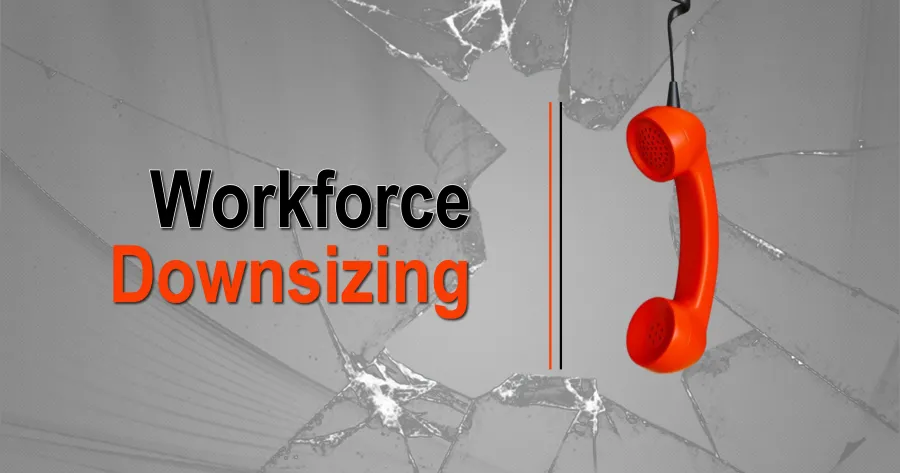Shaw downsizing update
June 30, 2020 - Hello Brothers and Sisters,
Grievances have now been filed under all three of our Collective Agreements with Shaw in regards to Shaw’s recent layoffs, and the first level meetings have each been held. The company has so far denied all grievances.
We have grieved this downsizing initiative on several fronts:
- Automation – We believe that these layoffs do not fall within the scope of the Automation language of the Collective Agreement, as claimed by Shaw;
- Layoffs Out of Seniority – Any layoffs must be done in adherence to the lay-off provisions in the collective agreement with respect to seniority
- Foremen demotion/reclassification – The forced demotion of your foremen brothers was completely unnecessary
- Use of contractors during layoff – Where there is work to be done after a layoff, Shaw must adhere to the collective agreement and give it to our workers rather than contractors.
Our proposed resolve is quite clear – adhere to the bargained collective agreement and return our workers to their jobs!
As you know, the grievance process is the mechanism outlined in the labour code to resolve disputes between rounds of bargaining. It has been able to achieve several positive resolves for our unit. Unfortunately, it can be a very lengthy process. Case in point, “The 54” hearing finally wrapped up this February and we are awaiting the decision of the arbitrator.
As a refresher, here’s a quick run down of our grievance procedure:
- Step 1: The grievance is presented to the company at the shop steward level with local management. If no resolve is reached, the Union may proceed to step 2. This step usually takes a bit more than a month;
- Step 2: The grievance is presented by a Local Union Representative, and at least one member of the unit executive, to Labour Relations and local management. Further discussion of the articles we allege are being infringed upon takes place in an attempt to reach a suitable resolution. Depending on the sincerity of the discussions between the parties in attempting to reach a resolve, this step may take a bit more than a month;
- Step 3: The Union has a national Grievance Committee that reviews all files and acts as a support structure to the Local Union Representative, helping to identify strengths and holes in a case prior to approving the file to be submitted to arbitration. If the file is approved to proceed, the Union notifies the company of its intent to proceed to arbitration. This is the step that takes the longest. Depending on the reason for arbitration, and which certification the grievance falls under, once notice to arbitrate has been sent to the company, the Union and the company either have to:
- agree on a single arbitrator,
- select a pre-approved arbitrator from an agreed upon rotation, or
- each submit a nominee to sit on a panel of arbitrators.
By the time that this step is done and then choosing a date in the arbitrator(s) calendars, we are often booking a year or more out before the case is actually heard. There is no deadline for an arbitrator to render their decision.
The grievances are scheduled to be heard at Step 2 next week.
In Solidarity,
USW Local 1944

